-
 bitcoin
bitcoin $114684.631706 USD
-0.87% -
 ethereum
ethereum $4228.677447 USD
1.58% -
 bnb
bnb $1294.880693 USD
-1.16% -
 tether
tether $1.000819 USD
-0.02% -
 xrp
xrp $2.605138 USD
2.79% -
 solana
solana $209.908690 USD
5.89% -
 usd-coin
usd-coin $0.999903 USD
-0.03% -
 dogecoin
dogecoin $0.213423 USD
2.93% -
 tron
tron $0.322721 USD
-0.10% -
 cardano
cardano $0.727247 USD
3.66% -
 hyperliquid
hyperliquid $42.339456 USD
6.05% -
 chainlink
chainlink $19.910811 USD
5.16% -
 ethena-usde
ethena-usde $1.000557 USD
0.00% -
 stellar
stellar $0.349734 USD
2.69% -
 bitcoin-cash
bitcoin-cash $543.848687 USD
-0.21%
What problem does The Graph (GRT) solve?
The Graph (GRT) solves blockchain data accessibility by decentralizing the indexing and querying of smart contract data through open APIs called subgraphs.
Oct 13, 2025 at 02:54 am
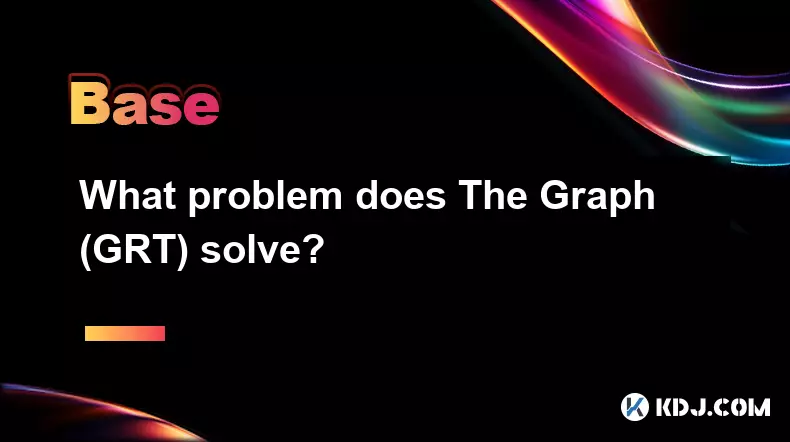
What problem does The Graph (GRT) solve?
The Graph addresses a fundamental challenge in the blockchain ecosystem: how to efficiently access and organize data stored across decentralized networks. Blockchains like Ethereum store vast amounts of data, but retrieving specific information in a structured, fast, and scalable way is inherently difficult due to their design. Traditional databases use indexes to accelerate queries, but blockchains lack native indexing mechanisms for smart contract data.
The Graph solves this by creating a decentralized protocol that allows developers to build and publish open APIs, known as subgraphs, which index and serve blockchain data in a queryable format. Without such a system, dApp developers would need to run their own centralized servers to index blockchain events, defeating the purpose of decentralization and increasing complexity and cost.
How The Graph Enables Efficient Data Access
- 1. Decentralized Indexing: The Graph enables independent node operators, called Indexers, to index data from blockchains based on subgraph definitions. These Indexers are incentivized with GRT tokens to provide reliable and accurate data retrieval services.
- 2. Query Language Support: Developers can use GraphQL, a powerful query language, to request precisely the data they need from a subgraph. This eliminates the need to download entire blockchain histories or parse irrelevant transactions.
- 3. Open-Source Subgraphs: Anyone can create and publish a subgraph, making blockchain data accessible to the broader community. Popular subgraphs track Uniswap trades, Aave lending activities, and NFT transfers across marketplaces.
- 4. Trustless Verification: The protocol includes mechanisms for Curators and Delegators who signal on high-quality subgraphs and stake GRT, aligning incentives across participants to maintain data integrity.
- 5. Cross-Chain Compatibility: The Graph supports multiple blockchains including Ethereum, Polygon, Arbitrum, Optimism, and more, enabling consistent data access across different ecosystems.
The Role of GRT in the Network's Economy
- 1. Staking Incentives: Indexers must stake GRT tokens to participate in the network. This staking mechanism ensures accountability, as misbehavior can result in slashing of staked tokens.
- 2. Fee Distribution: Users pay query fees in GRT to access data. These fees are distributed among Indexers, Curators, and Delegators based on their contributions to the network’s performance and reliability.
- 3. Governance Participation: GRT holders can participate in governance by voting on proposals related to protocol upgrades, curation practices, and parameter adjustments, ensuring decentralized control over the network’s evolution.
- 4. Economic Security: The value of GRT underpins the security model. Higher token value increases the cost of attacking the network, as attackers would need significant stakes to disrupt indexing operations.
Impact on dApp Development and Blockchain Scalability
- 1. Reduced Development Overhead: Instead of building custom indexing solutions, developers integrate existing subgraphs into their applications, significantly reducing time-to-market and operational costs.
- 2. Improved User Experience: Fast and reliable data queries enable dApps to display real-time balances, transaction histories, and market data without lag or downtime.
- 3. Interoperability Across Protocols: Subgraphs can aggregate data from multiple protocols, allowing analytics platforms and dashboards to offer comprehensive views of user activity across DeFi, NFTs, and DAOs.
- 4. Democratized Data Access: By making blockchain data easily accessible, The Graph empowers researchers, auditors, and journalists to analyze on-chain behavior transparently and independently.
Frequently Asked Questions
What is a subgraph in The Graph?A subgraph is an open API that defines how blockchain data should be indexed and queried. It specifies which smart contracts to monitor, which events to capture, and how to structure the resulting data for efficient retrieval using GraphQL.
How do Indexers earn GRT?Indexers earn GRT by serving query results to users. They stake GRT to participate in the network and are rewarded with query fees proportional to their share of the total stake allocated to a given subgraph.
Can anyone create a subgraph?Yes, any developer can create and deploy a subgraph using The Graph’s open-source tools. Once published, it becomes available for others to use, enhancing the collective knowledge base of accessible blockchain data.
Is The Graph only compatible with Ethereum?No, The Graph supports multiple blockchains including Ethereum, Polygon, Avalanche, Arbitrum, Optimism, BNB Chain, and several others, making it a cross-chain data indexing solution.
Disclaimer:info@kdj.com
The information provided is not trading advice. kdj.com does not assume any responsibility for any investments made based on the information provided in this article. Cryptocurrencies are highly volatile and it is highly recommended that you invest with caution after thorough research!
If you believe that the content used on this website infringes your copyright, please contact us immediately (info@kdj.com) and we will delete it promptly.
- XRP Price Prediction: Weekend Rollercoaster or Rally?
- 2025-10-12 08:45:16
- Bittensor (TAO): Super Bullish Signals Point to Potential 2x Rally
- 2025-10-11 10:25:12
- Silver Price Correction: Navigating the Dip & Identifying Key SEO Keywords
- 2025-10-11 10:25:12
- Decoding Crypto Trends: Bittensor's Bull Run, Cardano's Dip, and LivLive's Presale Buzz in 'Uptober 2025'
- 2025-10-12 08:45:16
- MoonBull: The Crypto Meme Coin Promising 1000x Gains?
- 2025-10-11 10:30:01
- Crypto Payroll Revolution: Stablecoins, Altcoins, and the Future of Salary Payments
- 2025-10-11 10:30:01
Related knowledge

How do decentralized identity (DID) solutions work?
Oct 14,2025 at 11:36pm
Understanding Decentralized Identity in the Blockchain Ecosystem1. Decentralized identity (DID) solutions are built on blockchain networks, allowing i...

What does it mean for code to be "open source" in crypto?
Oct 12,2025 at 01:54pm
Understanding Open Source in the Cryptocurrency Ecosystem1. In the context of cryptocurrency, open source refers to software whose code is publicly ac...

What is the purpose of a "testnet"?
Oct 12,2025 at 09:01am
Understanding the Role of Testnets in Blockchain Development1. A testnet serves as a parallel version of a blockchain network, designed specifically f...

How to avoid phishing scams in crypto?
Oct 13,2025 at 06:18pm
Understanding Common Crypto Phishing Tactics1. Cybercriminals frequently use fake websites that mirror legitimate crypto exchanges or wallet platforms...

What is the difference between single-collateral and multi-collateral Dai?
Oct 12,2025 at 05:18pm
Understanding Single-Collateral Dai1. Single-Collateral Dai (SCD) was the original version of the Dai stablecoin launched by MakerDAO in 2017. It allo...
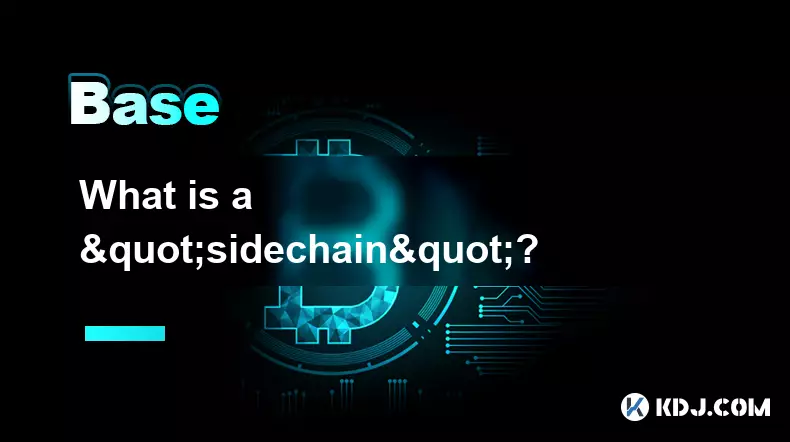
What is a "sidechain"?
Oct 13,2025 at 02:36pm
Understanding the Concept of Sidechains1. A sidechain is a blockchain that operates independently but is connected to another blockchain, known as the...

How do decentralized identity (DID) solutions work?
Oct 14,2025 at 11:36pm
Understanding Decentralized Identity in the Blockchain Ecosystem1. Decentralized identity (DID) solutions are built on blockchain networks, allowing i...

What does it mean for code to be "open source" in crypto?
Oct 12,2025 at 01:54pm
Understanding Open Source in the Cryptocurrency Ecosystem1. In the context of cryptocurrency, open source refers to software whose code is publicly ac...

What is the purpose of a "testnet"?
Oct 12,2025 at 09:01am
Understanding the Role of Testnets in Blockchain Development1. A testnet serves as a parallel version of a blockchain network, designed specifically f...

How to avoid phishing scams in crypto?
Oct 13,2025 at 06:18pm
Understanding Common Crypto Phishing Tactics1. Cybercriminals frequently use fake websites that mirror legitimate crypto exchanges or wallet platforms...

What is the difference between single-collateral and multi-collateral Dai?
Oct 12,2025 at 05:18pm
Understanding Single-Collateral Dai1. Single-Collateral Dai (SCD) was the original version of the Dai stablecoin launched by MakerDAO in 2017. It allo...

What is a "sidechain"?
Oct 13,2025 at 02:36pm
Understanding the Concept of Sidechains1. A sidechain is a blockchain that operates independently but is connected to another blockchain, known as the...
See all articles


















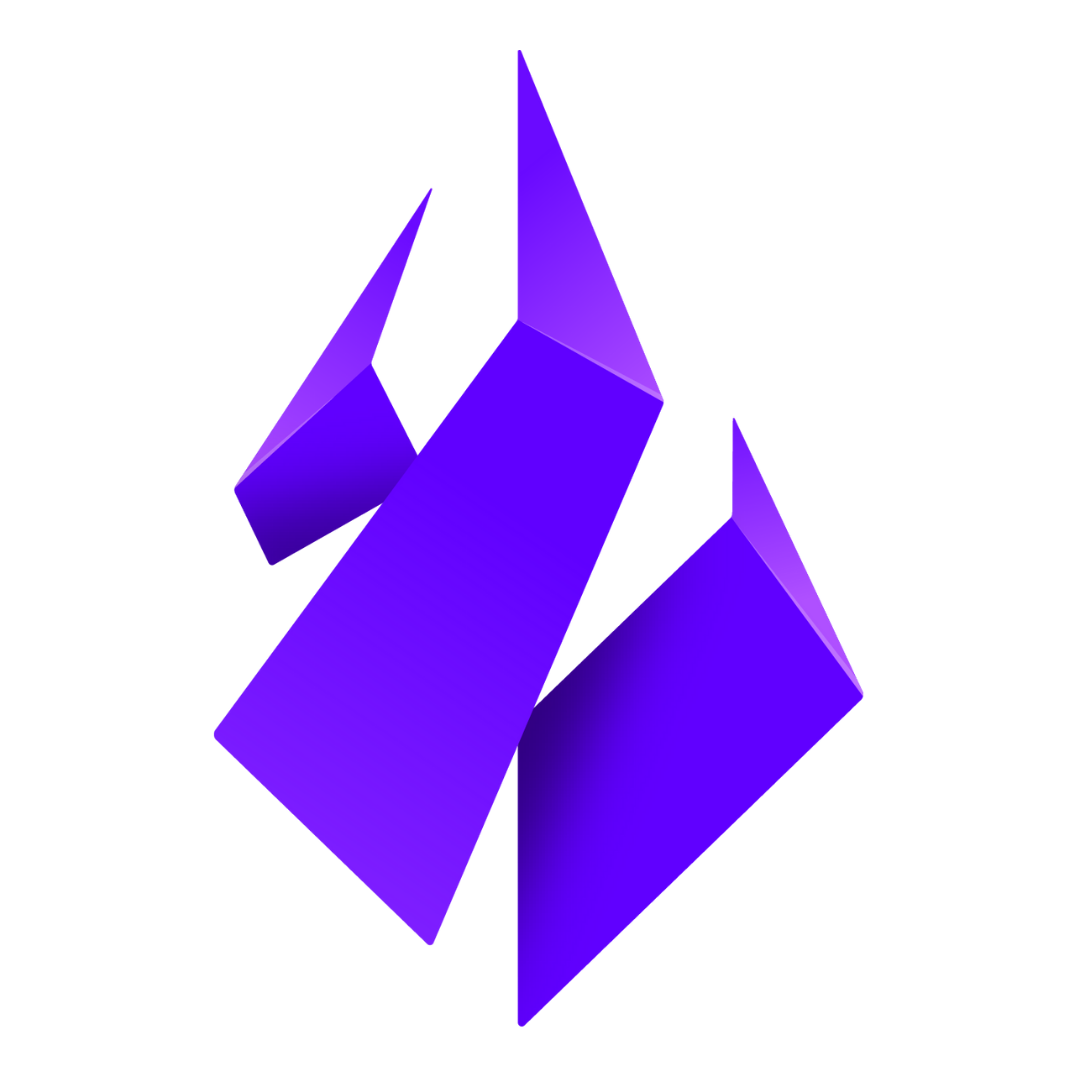
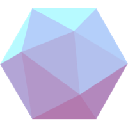

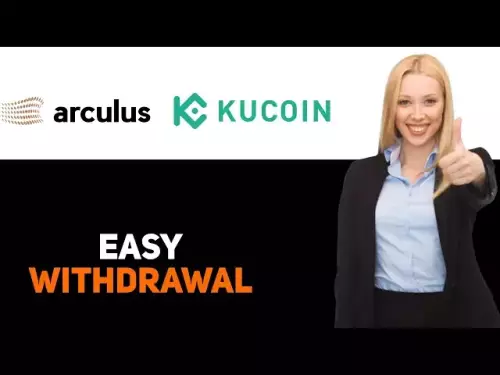

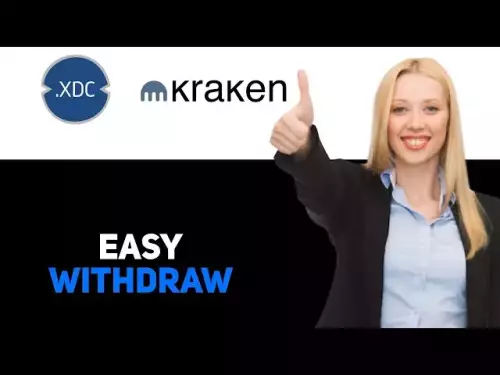
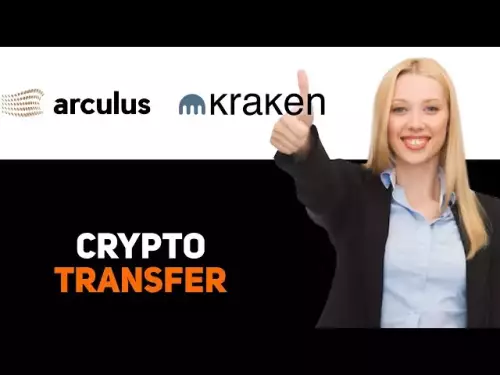
![[4K 60fps] Prisma by novichokk (1 Coin) [4K 60fps] Prisma by novichokk (1 Coin)](/uploads/2025/10/14/cryptocurrencies-news/videos/k-fps-prisma-novichokk-coin/68ee49804ba00_image_500_375.webp)
















































